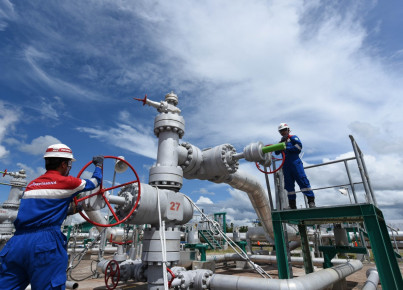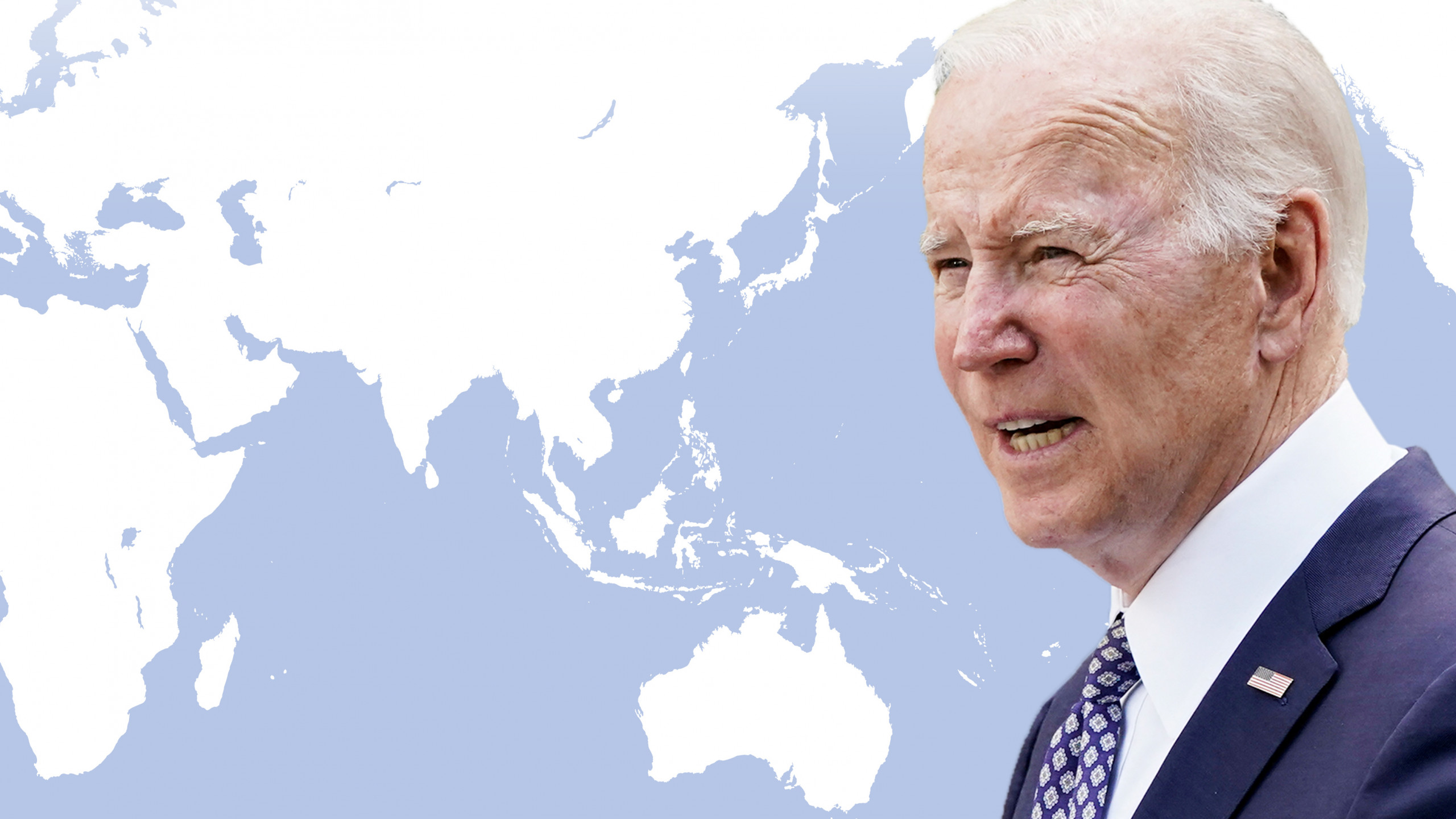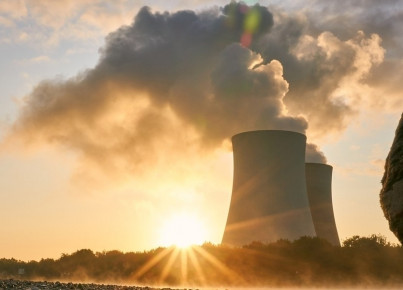Brussels wants to make its climate policies more ambitious and avoid carbon leakage by imposing the same price on imported products as on made in EU goods. What impact will the European Carbon Border Adjustment Mechanism (CBAM) have on trade - and diplomatic - relations with Asia?
Although recent developments in global climate diplomacy have not been satisfactory, at the domestic level the European Union continues to implement its European Green Deal. Last July, the Commission adopted the Fit for 55 package and set ambitious targets for itself: to slash CO2 emissions by 55% before 2030 and bring them to zero by 2050, achieving carbon neutrality. One of the measures in this package is the Carbon Border Adjustment Mechanism (CBAM), a tool that aims to impose the same carbon pricing on certain goods imported into the EU, as it is paid to produce the same goods in Europe under the European Emissions Trading System (EU ETS). To reach the Fit for 55 targets and to push European producers to green their industrial processes, Brussels will have to make its ETS more ambitious, thus exposing itself to the risk of carbon leakage. Companies could choose to stop producing goods affected by carbon pricing in Europe and buy the same goods at a lower price from third countries with less stringent climate legislation. Carbon leakage would not only damage the European economy but also make climate policies less effective, as it would push companies to shift their emissions, not reduce them.
Currently, the EU addresses the risk of carbon leakage by providing free allowances in the EU ETS, thus reducing its effectiveness. The CBAM would replace free allowances, leading to greater emission reductions in the EU through the EU ETS. It would also have effects in third countries. To avoid paying the carbon price in Europe, trading partners could either develop their own carbon pricing tool or innovate their production processes to reduce emissions, thus lowering the cost when exporting. Although CBAM is a domestic climate policy, it manages to influence international trade relations and the commitment of third countries to the Paris Agreement targets. The results are already visible, even before the final approval of the Regulation: Turkey has ratified the Paris Agreement and admitted that the CBAM, with its potential effects on Turkish exports to Europe, is one of the reasons behind this late choice.
But how exactly does the CBAM work? The Commission has been very cautious in designing the Mechanism. Over the last decade, academia and international fora have discussed at length possible forms of border adjustment mechanism, a necessary addition to the carbon pricing systems now widespread in many jurisdictions around the world. Prompted by the Paris Agreement, the EU was the first to develop this instrument, setting a model for other countries interested in developing similar schemes - Canada, the United States and Japan have expressed their willingness to develop their own CBAMs and cooperate with the EU on the issue; the the International Monetary Fund (IMF) has expressed its support for the European measure, in the hope for an international agreement on the issue. With the CBAM, Brussels has repeated what it did almost two decades ago with the EU ETS - an instrument that was itself the result of a long debate arising from an international agreement, the Kyoto Protocol - and confirmed itself as the global standard-setter for climate policy. However, there are some drawbacks in being the global standard-setter: measures that impose higher costs on the import of goods are never appreciated by trading partners, particularly those who are most affected - or who think they are affected, as we will see - and are often the subject of legal action at the World Trade Organisation (WTO). In line with the EU’s commitment to multilateralism, compatibility with WTO obligations was the cornerstone of the CBAM proposal. Analysing the Commission's text, there appears to be no discrimination that could be sanctioned by the WTO: imported goods are subject to a regime that mirrors that in force for European products under the ETS. Moreover, the carbon price possibly paid in the country of origin of the good is taken into account and deducted from the amount to be paid to the EU. The free allowances in the EU ETS will be gradually reduced, reflecting the gradual entry into force of the CBAM. At present, the sectors covered by the measure are cement, iron and steel, aluminium, fertilisers and electricity. In the second phase, the scope of the CBAM will be extended to other sectors.
Notwithstanding its compliance with WTO law, the CBAM could still be challenged by countries that consider themselves unduly affected. Critics of the measure speak of 'green protectionism' to shield European companies from external competition. If, on the one hand, such an assessment seems excessive - the CBAM does not favour European companies but rather reduces the advantage that foreign producers derive from weak climate policies by their governments - on the other hand, cooperation is indeed a more effective tool of climate diplomacy than unilateral actions. Ideally, a global carbon price would be much more effective than a multitude of systems, each one with its own CBAM, as the IMF has noted. The European proposal has the merit of making the debate on this type of measure more concrete.
The German Konrad Adenauer Foundation mapped the position of Asian countries and their stakeholders on the CBAM prior to the publication of the Commission's proposal in July 2021. The stances appear very different. Within ASEAN, Singapore and Thailand do not express particular concerns, while Malaysia and Indonesia are more critical. Not surprisingly, Kuala Lumpur and Jakarta's imports have already been affected by EU environmental policy in the past - the famous palm oil dispute - and the two countries may struggle to develop a carbon pricing system to reduce CBAM compliance. Looking at the data on trade flows between the two blocs, none of the sectors covered by the CBAM is particularly relevant for ASEAN countries' exports to the EU - except for Malaysia perhaps, but still to a small extent. The problem does not seem to be the actual impact of the measure, but a lack of trust by the stakeholders of these two countries towards EU environmental policy. Brussels could overcome these doubts by supporting green transition and cooperating with local governments on climate policy.
In India and China, too, the EU's next steps will be important to ensure that a positive perception of the CBAM prevails. New Delhi is currently the only G20 government on track to meet its emissions targets, has already developed carbon pricing tools and its companies active in the sectors covered by the CBAM employ advanced and efficient production methods. These factors make it likely that the CBAM will positively affect India's exports to the EU, helped by less competition from countries with less advanced climate policies and industrial processes. However, the above-mentioned Konrad Adenauer Foundation report shows that a majority of Indian stakeholders are particularly critical of the CBAM and consider the measure incompatible with international climate law and WTO rules, as well as 'punitive' towards developing countries. By contrast, China has not expressed a negative stance towards the CBAM. It may be due to the ongoing cooperation with the EU to develop an ambitious Chinese ETS. If cooperation continues to be fruitful, the CBAM will ultimately benefit Chinese exporters rather than disadvantage them. Indeed, Beijing expects its climate efforts to be recognised by Brussels and its companies not to be negatively affected by the CBAM. If China's willingness to cooperate on the measure was to be disregarded on the European side, the risk of WTO legal action would re-emerge. In conclusion, the EU needs to commit to cooperation with its partners to avoid the CBAM appearing as a unilateral imposition restricting international trade.
While discontent in the countries we have mentioned can be easily addressed and overcome, it is not so easy to address the concerns of low-income countries, which lack the capacity to develop carbon pricing instruments and the resources to embark on their own ecological transition. The CBAM would mainly affect their products. As it emerges from the Impact Assessment Report of the proposal, Brussels is aware of this risk and intends to increase its efforts to support these endeavours. Still, the EU and other rich countries have yet to deliver on their climate finance promises. Perhaps the revenues of the CBAM itself could be used to finance cooperation between the EU and these countries to achieve the Paris goals.






